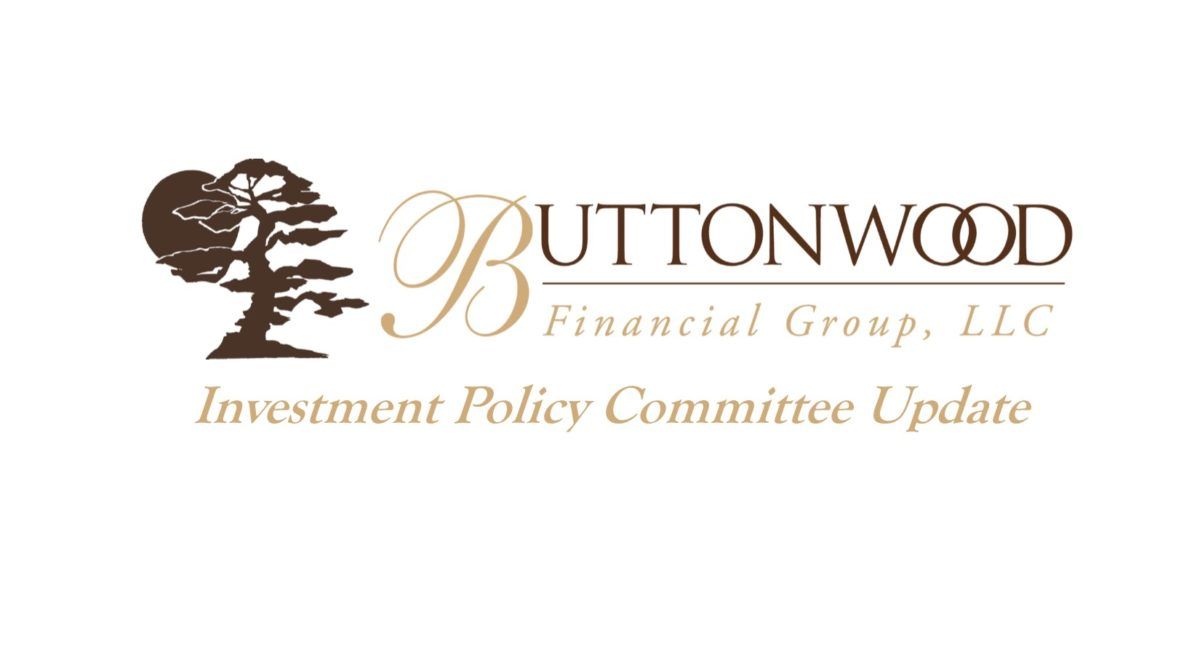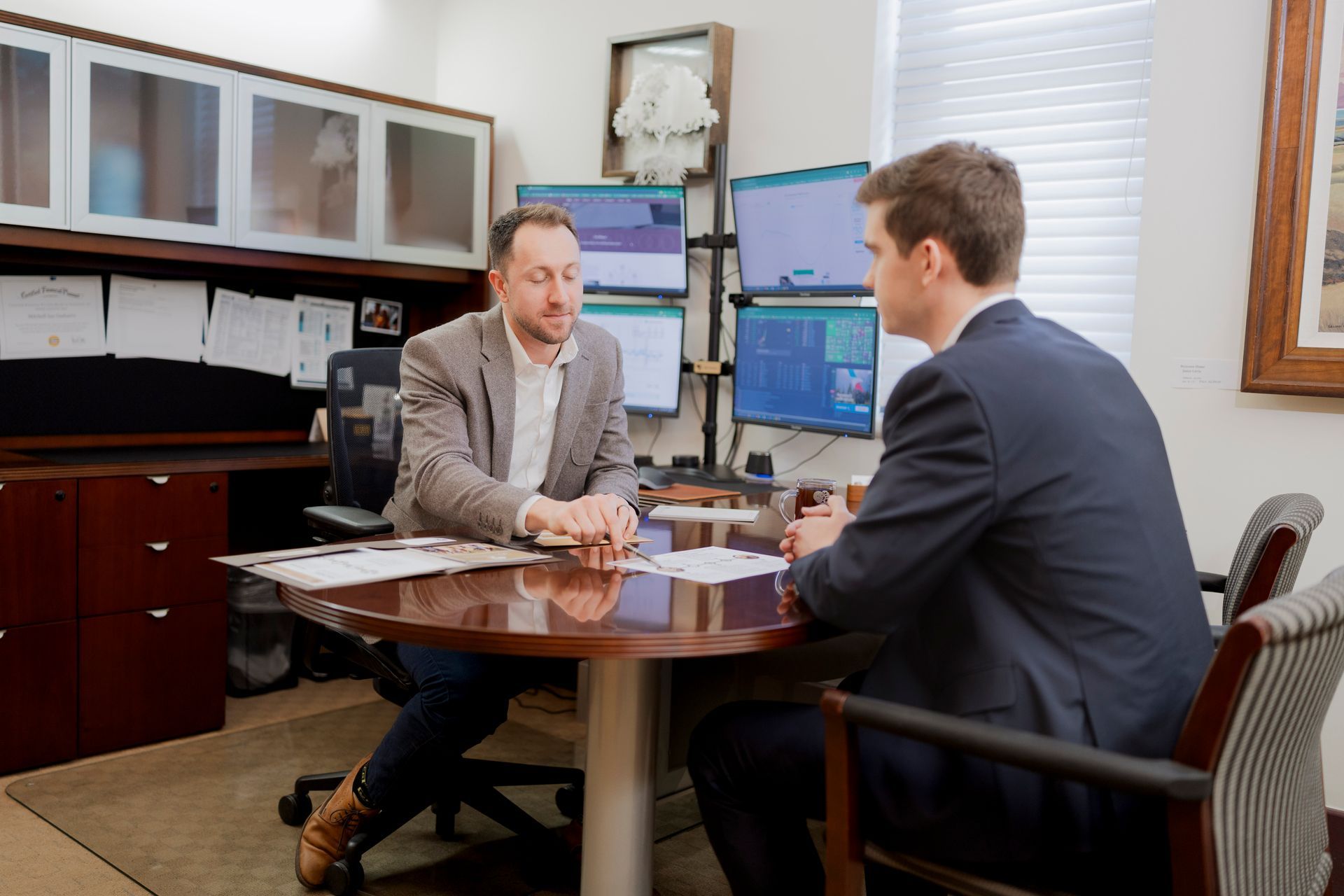Buttonwood Investment Policy Committee Update – February 2019
Wall Street has a way of creating ‘investments, tools and rules’ that tend to contribute to sharp moves, both up and down in the investment markets. With the popularity currently given to passive investing we now have more Index and Exchange Traded Funds (ETFs) than we do individual stocks.
“Many notable investors have raised concerns about the influence of ETFs on the market and whether demand for these funds can inflate stock values into fragile bubbles. Some ETFs rely on portfolio models that are untested in different market conditions and can lead to extreme inflows and outflows from the funds which have a negative impact on market stability.” On top of this many ETFs use leverage in their capital structures which may compound these problems. “Problems with ETFs were significant factors in the flash crashes and market declines in May 2010, August 2015, and February 2018.” (Investopedia)
Add in High Frequency Trading strategies (HFT) and a Tweet by the President or a comment from a Fed Governor, or popular analyst or CEO, can move markets dramatically in minutes.
“High-frequency trading … is a program trading platform that uses powerful computers to transact a large number of orders at fractions of a second. It uses complex algorithms to analyze multiple markets and execute orders based on market conditions. Typically, the traders with the fastest execution speeds are more profitable than traders with slower execution speeds.” (Investopedia)
In our opinion, the decline in Q4 2018 was started by concerns about the Fed raising rates, as well as slowing growth in Europe and China leading to the next US recession. The decline picked up un-needed extreme volatility because of the combination of ETF’s and HFT. When the selling was done, valuations had improved from about 23x earning for the S&P 500 about 16x estimated 2019 earnings.
As 2019 rolled in, the easing of concerns about the next recession subsided and the volatility from ETF’s and HFT went to work the other way. Stocks had their best January gains in more than 30 years: The glass was once again ½ full and positive trends became the focus.
The widely watched January effect says ‘as goes January, so goes the year.’ Our IPC believes that while there may be some historical trends worth paying attention to, each day we live through has its own unique factors and blindly following indicators can get investors in trouble. As such we do the best we can to separate the noise from the news and focus on the multi-year trend consistency of economic cycles.
Brining these concepts into action: As 2018 ended, because of both our primary focus on economic cycle trends as well as our secondary focus on technical trends, we held more cash in portfolios that we had in years. Our large cash and defensive positioning had an impressive impact on performance during the Q4 decline. As 2019 started and markets stabilized, we shifted from the technical ‘hold-cash’ to ‘invest-cash’ position, and much of the cash that had built up in Q4 was invested through a full rebalance.
As the stock market rally continued through January and February, we have seen the pendulum once again swing from undervalued at the end of 2018 to a more overvalued condition. Today, technically, the markets are challenged too. The S&P 500 (as seen in the chart below) is at a point of resistance and will need some good news to break above the triple top resistance from Q4 2018.
Graphic courtesy of Finviz.com
To specifically address this short-term volatility conundrum, we consider the needs of each of our clients on a case by case basis. At a very high level: If cash is needed in the near term, we sell the recent rally and rebalance those assets over to cash (where we currently seeing about 2% rate of return without risk to principal). If new assets are coming in for investment, we will opportunistically, yet likely more slowly, invest these new assets.
Stepping back to the core focus for the Buttonwood Investment Policy Committee (IPC) and positioning of assets for the various stages of economic cycles: We believe the US and major global economies will continue to grow in the months to come, however growth is slowing and the time is here for more conservative positioning.
As we move into Spring (yea!) we will continue to proactively seek opportunities while remaining focused on our long-term investment objective of achieving a more consistent rate of return over full economic cycles.
If you are interested in learning more about Buttonwood Financial Group and our Investment Policy Committee, email Info@ButtonwoodFG.com to schedule a converation!
The post Buttonwood Investment Policy Committee Update – February 2019 appeared first on Buttonwood Financial Group, LLC.
Recent Buttonwood Articles

Are you ready to explore the benefits of your very own Family CFO?





